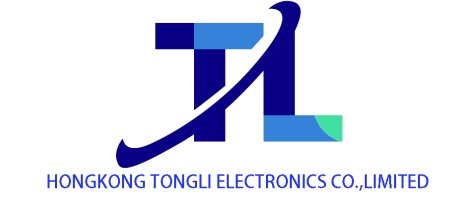Storage Market Sees Breakthroughs Across Sectors: DDR4 Prices Keep Rising, Huawei, IBM Roll Out New Products
The 2025 storage market has been abuzz with developments, witnessing significant progress across multiple sectors.
In the DDR4 market, after surging rapidly since the second quarter of 2025, spot prices have entered a high-level adjustment phase. The intensity of end-user panic buying has eased, and transactions are gradually returning to normal. However, as inventories of major memory manufacturers continue to decline and contract prices of the three leading original equipment manufacturers (OEMs) keep rising, the industry expects the upward trend of DDR4 prices to persist. With the arrival of the second-half peak season, feedback from distribution channels indicates that lead times for upstream supplies have lengthened, forcing an extension of the market gap period. Although DDR5 is in the process of popularization, the tight supply of DDR4 will remain difficult to alleviate in the short term due to limited OEM production and the need for domestic manufacturers to improve their supply capacity.
On August 27, Huawei launched its self-developed AI SSD, targeting the AI memory market. Equipped with UCM, XtremeLink, and SpeedFlex technologies, this product marks a major breakthrough for domestic SSDs. Leveraging UCM software, it enables a hierarchical KV cache, allowing data to move flexibly between GPU HBM, CPU DRAM, and directly connected SSDs. By adopting XtremeLink technology and matching relevant hardware, it delivers impressive read and write speed performance. Huawei also plans to collaborate with domestic training and inference machine manufacturers to help build a new AI ecosystem. This product can meet the high-capacity and high-performance demands of AI training and inference. Through the “storage-as-computation” approach, it enhances computing efficiency, while UCM technology enables intelligent hierarchical data storage, reducing latency and costs. This drives the application of SSDs in AI inference scenarios and boosts the growth of the storage industry chain.
The Interuniversity Microelectronics Centre (imec) in Belgium and Ghent University have achieved a breakthrough in 3D DRAM development, successfully constructing a 120-layer alternating structure of silicon and silicon-germanium (SiGe) on 300mm wafers. The team optimized the process, using specific equipment and material deposition methods to ensure clear interfaces, minimal interlayer mixing, and high yield. Experiments showed that the superlattice inside the wafer maintained a good strained state with few defects, and deposition uniformity was significantly improved through equipment upgrades, providing an experimental basis for the development of high-density 3D DRAM.
At the Hot Chips 2025 event, IBM introduced its Power11 server processor, which features innovations in AI acceleration, memory, and 2.5D stacking technology, with increased clock speed. The processor adopts an enhanced 7nm process and has deepened cooperation with Samsung to use packaging technology for optimized power transmission. The Power11 CPU has improved speed and thread density, with enhancements in core count, clock speed, and AI acceleration capabilities, leading to significant performance gains across different systems. It also incorporates Quantum Safe Security functionality. The storage system is another area of major change for the Power11 CPU: the number of DDR5 ports per slot has increased significantly, boosting storage capacity and bandwidth, and it supports multiple memory interfaces. Innovation work for the next-generation product has also begun.
